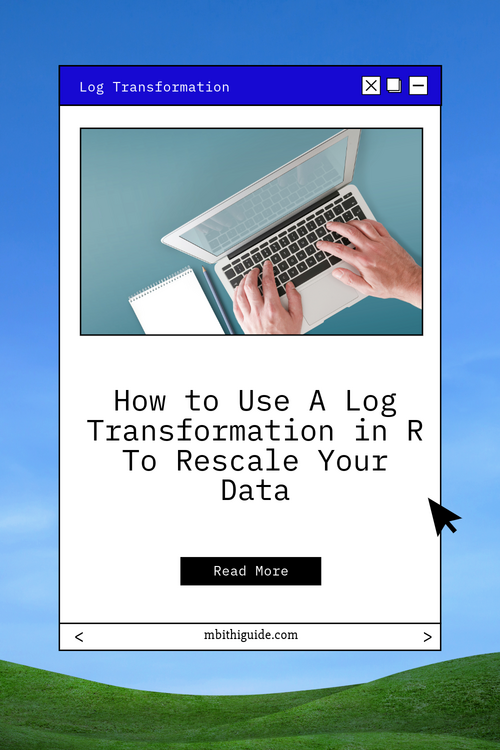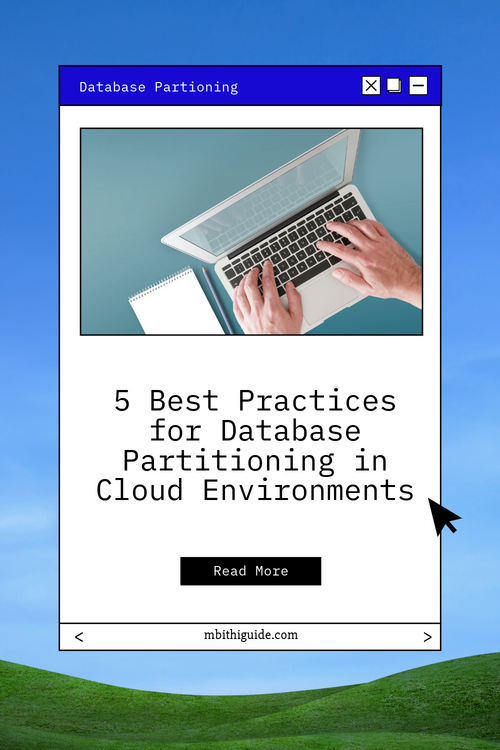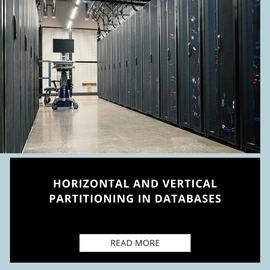Introduction
With the exponential growth of data in today’s world, the role of data scientists has become increasingly important. These professionals collect, analyze, and interpret vast amounts of data to uncover insights that drive business decisions. As a result, data science has emerged as a highly sought-after career path. However, becoming a data scientist requires a diverse set of skills that goes beyond statistics.
Statisticians have a solid foundation in data analysis and probability theory, making them well-suited for a career in data science. However, they may need to develop additional skills to succeed in this field.
This article will explore the steps a statistician can take to transition into a data science role. From learning programming languages such as Python and R to mastering machine learning algorithms and visualization tools, we will discuss the critical skills that statisticians need to acquire to become successful data scientists.
Additionally, we will explore the various industries and job opportunities available to data scientists and provide insights on navigating this rapidly growing field.
Similarities Between a Statistician and a Data Scientist
Statisticians and data scientists work with data to extract insights and make informed decisions. Although the two fields differ in their specific focus areas, there are several similarities between statisticians and data scientists.
- Data Analysis: Both statisticians and data scientists rely heavily on data analysis techniques to extract insights from large and complex data sets. They use statistical methods to identify patterns, correlations, and relationships within data and to draw meaningful conclusions from it.
- Programming Skills: Statistically and data scientists need strong programming skills. They need to be proficient in coding languages like R and Python and have a working knowledge of SQL, Excel, and Tableau tools. They must also be familiar with data visualization techniques to communicate their findings to others effectively.
- Problem-Solving: Both statisticians and data scientists are problem solvers at their core. They use data analysis techniques to solve complex problems and answer important questions. They also need to be able to identify patterns and trends in data and to think creatively to develop solutions to complex problems.
- Data Collection: Both statisticians and data scientists are involved in data collection processes. They need to identify what data is needed, where to find it, and how to collect it. They also need to be able to manage and organize data to make it accessible and usable for analysis.
- Business Acumen: Both statisticians and data scientists need to have a strong understanding of the business context in which they are working. They need to understand business goals and objectives and use data analysis to help achieve them. They also need to communicate their findings to non-technical stakeholders in an understandable and actionable way.
Overall, statisticians and data scientists have many similarities in terms of their skill sets and the tasks they perform. While there are some differences between the two fields, they both play a crucial role in helping organizations make data-driven decisions and achieve their goals.
Differences Between a Statistician and a Data Scientist
Both statisticians and data scientists work with data but approach the task from different perspectives. Here are some key differences between statisticians and data scientists:
- Focus: Statisticians focus primarily on the analysis of data and the development of statistical models to explain the relationships between variables. On the other hand, data scientists focus on data analysis, from data collection to visualization and communication of results.
- Skills: Statisticians typically have a strong background in mathematics and statistical theory, focusing on hypothesis testing, probability theory, and statistical inference. On the other hand, data scientists are often trained in computer science and programming, with expertise in data visualization, machine learning, and data mining.
- Tools: Statisticians use traditional statistical tools, such as regression analysis, hypothesis testing, and ANOVA. On the other hand, data scientists use a wider range of tools and techniques, including machine learning algorithms, data visualization tools, and big data technologies.
- Domain Knowledge: Statisticians tend to have a deep understanding of statistical theory and methods but may have less expertise in specific application domains. On the other hand, data scientists are often experts in particular fields such as healthcare, finance, or marketing and have domain-specific knowledge d analyze data.
- Goals: Statisticians often focus on developing theories and models that explain the relationships between variables in a dataset to make generalizations and predictions about future data. On the other hand, data scientists are often more focused on using data to solve specific problems or make decisions in real-world settings.
In summary, while statisticians and data scientists work with data, they have different backgrounds, skills, tools, and goals and approach data analysis from different angles.
Statisticians are focused on statistical theory and modeling, while data scientists are focused on the entire data analysis process and solving real-world problems.
Types of Data Scientists
The type of data scientist you are can be determined by a variety of factors, including:
- Technical Skills: The type of data scientist you are can depend on your technical skills, such as proficiency in programming languages like Python, R, or SQL, experience with data analysis and visualization tools, and knowledge of machine learning algorithms.
- Industry or Domain Expertise: Your industry or domain expertise can also shape the type of data scientist you are. For example, if you have experience in finance or healthcare, you may specialize in financial or healthcare data analysis.
- Communication and Collaboration Skills: The type of data scientist you are can also be influenced by your communication and collaboration skills, as this determines your ability to work with stakeholders, such as business executives and data engineers, to identify and solve problems.
- Personal Interests: Your personal interests can also impact the type of data scientist you are. For example, if you are passionate about natural language processing or computer vision, you may specialize in these areas.
- Educational Background: Your educational background can also shape the type of data scientist you are. If you have a degree in statistics, you may specialize in statistical modeling, while if you have a degree in computer science, you may specialize in machine learning.
- Problem-Solving Skills: Your ability to solve complex problems using data can also impact the type of data scientist you are. If you excel at identifying patterns and making data-driven decisions, you may specialize in predictive analytics or data-driven decision-making.
- Business Acumen: Your knowledge of business concepts, such as revenue, profitability, and customer satisfaction, can also shape the type of data scientist you are. You may specialize in business analytics by applying your data skills to solve business problems.
| Level | Job Title |
| Entry-level | Data Analyst |
| Business Analyst | |
| Data Engineer | |
| BI Developer | |
| ETL Developer | |
| Database Developer | |
| Machine Learning Engineer | |
| Mid-level | Data Scientist |
| Business Intelligence Analyst | |
| Data Architect | |
| Machine Learning Engineer | |
| Senior-level | Senior Data Scientist |
| Principal Data Scientist | |
| Director of Data Science | |
| Chief Data Scientist |
Note: The job titles may vary depending on the organization, and some roles may not fit neatly into one category.

Additional Skills Required to Become a Data Scientist
As a statistician, you already have a strong foundation in statistical theory and methods, which is a valuable skillset for becoming a data scientist.
However, there are additional skills you’ll need to acquire to succeed in this field. Here are some of the key skills you should consider developing:
- Programming Skills: One of the most important skills for a data scientist is programming. You should learn a programming language such as Python or R, and become proficient in writing code for data manipulation, analysis, and visualization. This will allow you to work with large datasets and automate repetitive tasks.
- Machine Learning: Machine learning is a critical component of data science. You should learn the fundamental algorithms of machine learning, such as linear regression, decision trees, and clustering. Additionally, you should be familiar with the tools and libraries used in machine learning, such as scikit-learn, TensorFlow, and Keras.
- Data Wrangling: Data wrangling involves cleaning and transforming data into a usable format. This is a time-consuming and challenging task, but it is essential for successful data analysis. You should be familiar with tools such as Pandas, NumPy, and SQL for data manipulation.
- Communication Skills: As a data scientist, you will need to communicate your findings to stakeholders who may not have a technical background. You should be able to explain complex statistical concepts in a clear and concise manner. Additionally, you should be able to create data visualizations that effectively communicate your findings.
- Business Acumen: Understanding the business context in which you are working is crucial for successful data analysis. You should have a basic understanding of the industry you are working in and the problems that your organization is trying to solve. Additionally, you should be able to identify and prioritize the most important questions to answer with data analysis.
Who earns more statistician or data scientist?
The salary of a statistician and a data scientist can vary depending on a variety of factors, such as level of education, years of experience, industry, and location.
In general, data scientists tend to earn higher salaries than statisticians. This is because data scientists typically have a broader skill set that includes not only statistical analysis, but also machine learning, data visualization, and programming.
Additionally, data science is a newer and more in-demand field, which can lead to higher salaries.
According to data from Glassdoor, the median salary for a data scientist in the United States is around $113,000 per year, while the median salary for a statistician is around $81,000 per year.
However, it is important to note that these numbers are only averages and there can be a wide range of salaries within each profession. Additionally, there may be overlap between the job duties of statisticians and data scientists, so the salaries may not always be directly comparable.
Why are Companies Hiring more Data Scientists and not Statisticians?
In recent years, there has been a growing demand for professionals with skills in data science, and companies are increasingly hiring data scientists over statisticians. This is due to several reasons.
- Increasing amounts of data: With the proliferation of technology and digital transformation, the amount of data available to companies has exploded. Data scientists have the necessary skills to handle and analyze large and complex datasets, while statisticians may not have the same expertise in big data.
- Focus on predictive analytics: Data scientists are trained to use machine learning and other advanced techniques to develop predictive models to help companies make data-driven decisions. This is becoming increasingly important as companies strive to gain a competitive edge in the marketplace.
- Business acumen: Data scientists are often trained in statistics, data analysis, business strategy, and decision-making. This makes them well-suited to work with organizational stakeholders to identify and address business problems.
- Flexibility: Data scientists are typically trained in various programming languages and tools, making them highly adaptable to different industries and business needs. On the other hand, Statisticians may be more limited in their skill set.
- Perception of “coolness”: Data science has gained much attention and buzz in recent years, which may make it more attractive to job seekers and hiring managers.
It’s important to note that these are generalizations and there are certainly many roles for statisticians in industry. However, in many cases, the skills and expertise of data scientists may be better suited to the needs of modern companies.
Conclusion
Statisticians can become data scientists by developing the necessary skills in programming, data manipulation, and machine learning techniques. They can also expand their domain expertise by gaining a deeper understanding of the business or industry they are working in. It is important for statisticians to continuously learn and adapt to new technologies and techniques in order to remain relevant in the field of data science.
By combining their statistical knowledge with data science skills, statisticians can make valuable contributions to the field and help organizations make data-driven decisions. Overall, the transition from statistician to data scientist requires dedication, hard work, and a willingness to learn new things, but it can lead to exciting and rewarding career opportunities.







